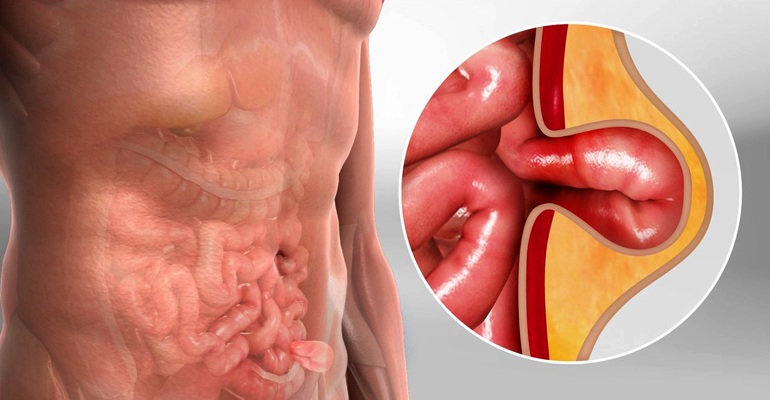Hernia Surgery

Hernia Surgery - Inguinal, Umbilical, Incisional, Ventral Hernias
A hernia develops when an internal organ or tissue pushes through a weak spot in the abdominal wall, resulting in a visible bulge. While small hernias may be painless initially, they often enlarge with time and can lead to serious complications if left untreated. Surgery is the only permanent treatment for hernias, and modern laparoscopic (keyhole) techniques have made the procedure safer, quicker, and less painful.
We provide advanced surgical care for all types of hernias, including inguinal, umbilical, incisional, and ventral hernias, using both open and laparoscopic approaches depending on the patient’s condition.
Inguinal Hernia
-
What it is: The most common type of hernia, occurring in the groin when abdominal contents push through the inguinal canal.
-
Symptoms: Groin bulge, pain or heaviness, discomfort while lifting, coughing, or standing for long periods.
-
Treatment: Laparoscopic inguinal hernia repair involves reinforcing the abdominal wall with a mesh, reducing recurrence and speeding recovery.
Umbilical Hernia
-
What it is: Occurs near the belly button when a part of the intestine protrudes through a weak spot in the abdominal wall. Common in children and adults.
-
Symptoms: A bulge at the navel, pain, or pressure that worsens with activity.
-
Treatment: Surgical repair closes the defect and often uses mesh reinforcement in adults to prevent recurrence.
Incisional Hernia
-
What it is: Appears at the site of a previous abdominal surgery due to weakening of the surgical scar.
-
Symptoms: Bulge at or near the scar, discomfort, pain, or difficulty in movement.
-
Treatment: Laparoscopic or open mesh repair strengthens the abdominal wall and prevents the hernia from recurring.
Ventral Hernia
-
What it is: A hernia that develops in the front (ventral) abdominal wall, not limited to the umbilical or incisional areas.
-
Symptoms: Abdominal bulge, pain, or digestive issues depending on the size and location.
-
Treatment: Laparoscopic ventral hernia repair with mesh placement is preferred for durable results and quicker healing.
Benefits of Laparoscopic Hernia Surgery
-
Smaller incisions and minimal scarring
-
Less postoperative pain
-
Faster recovery and early return to normal activities
-
Ability to repair multiple or recurrent hernias in one procedure
-
Reduced risk of infection
Why Choose Us?
-
Expert surgical team with years of experience in complex hernia repairs
-
Advanced laparoscopic techniques for safe and effective outcomes
-
Personalized treatment plans tailored to each patient’s needs
-
Compassionate care with focus on comfort and long-term recovery